Below you will find details on all of our Ingredients to better help you to understand what goes into our soaps & creams
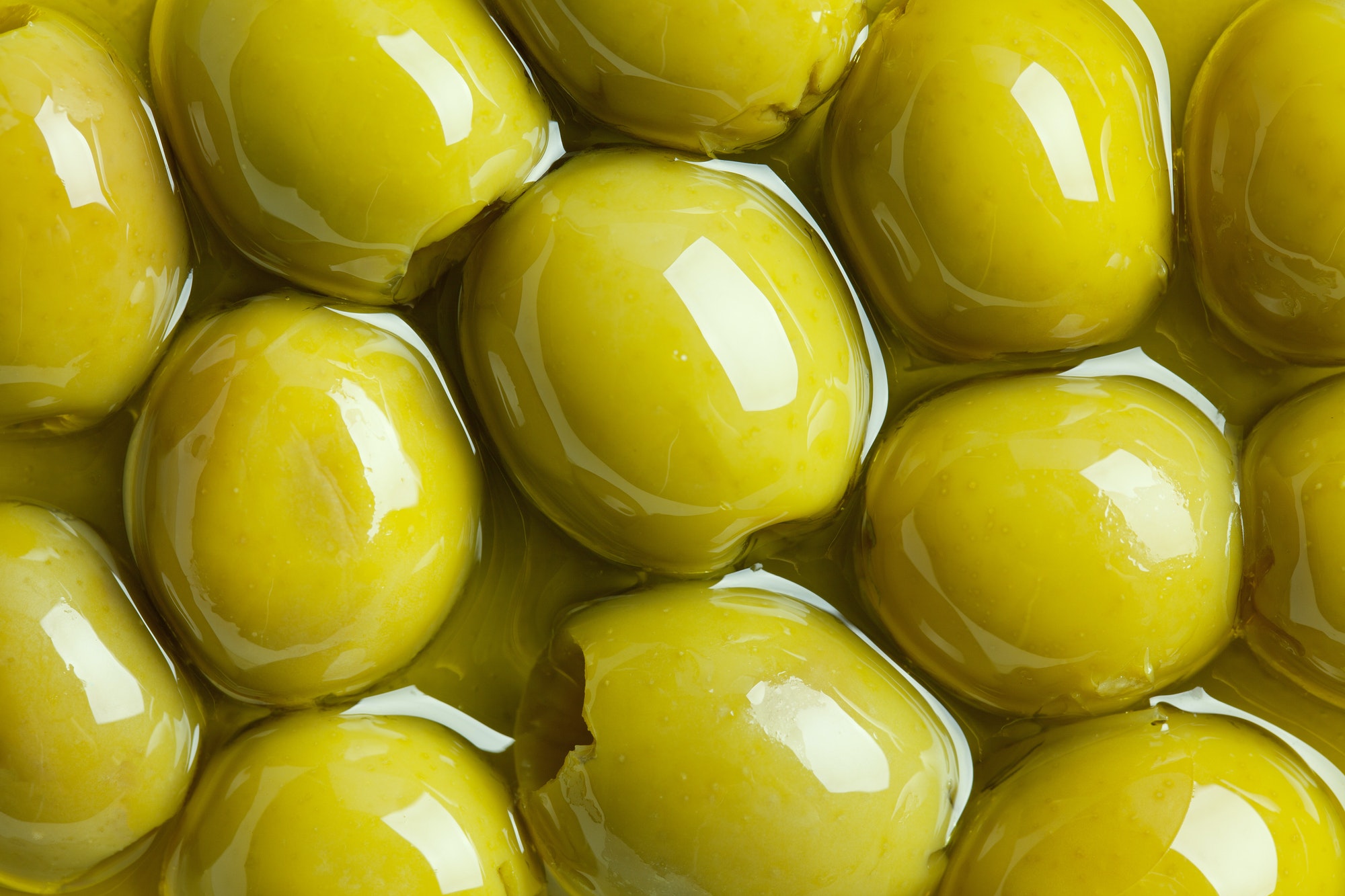
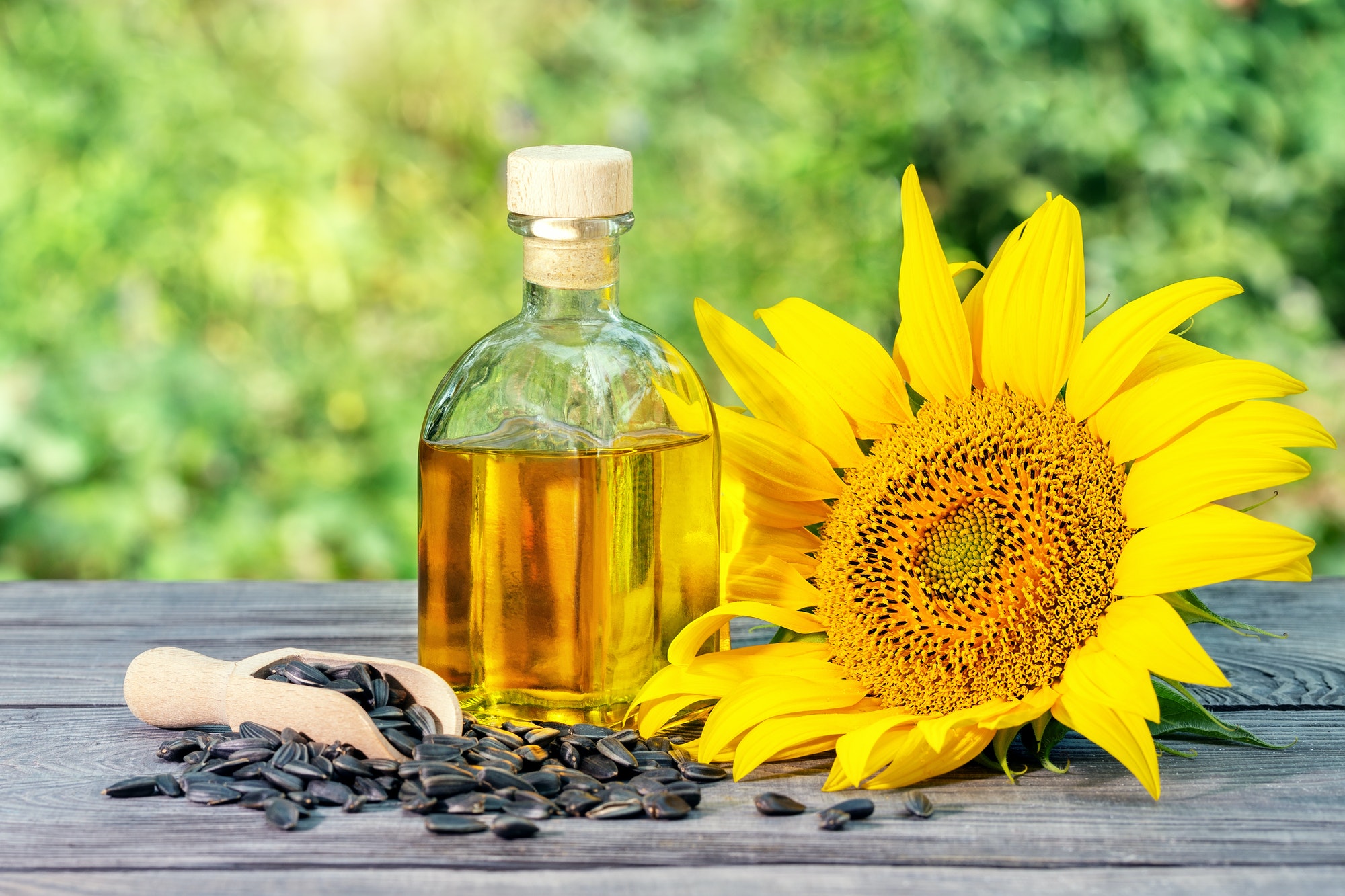
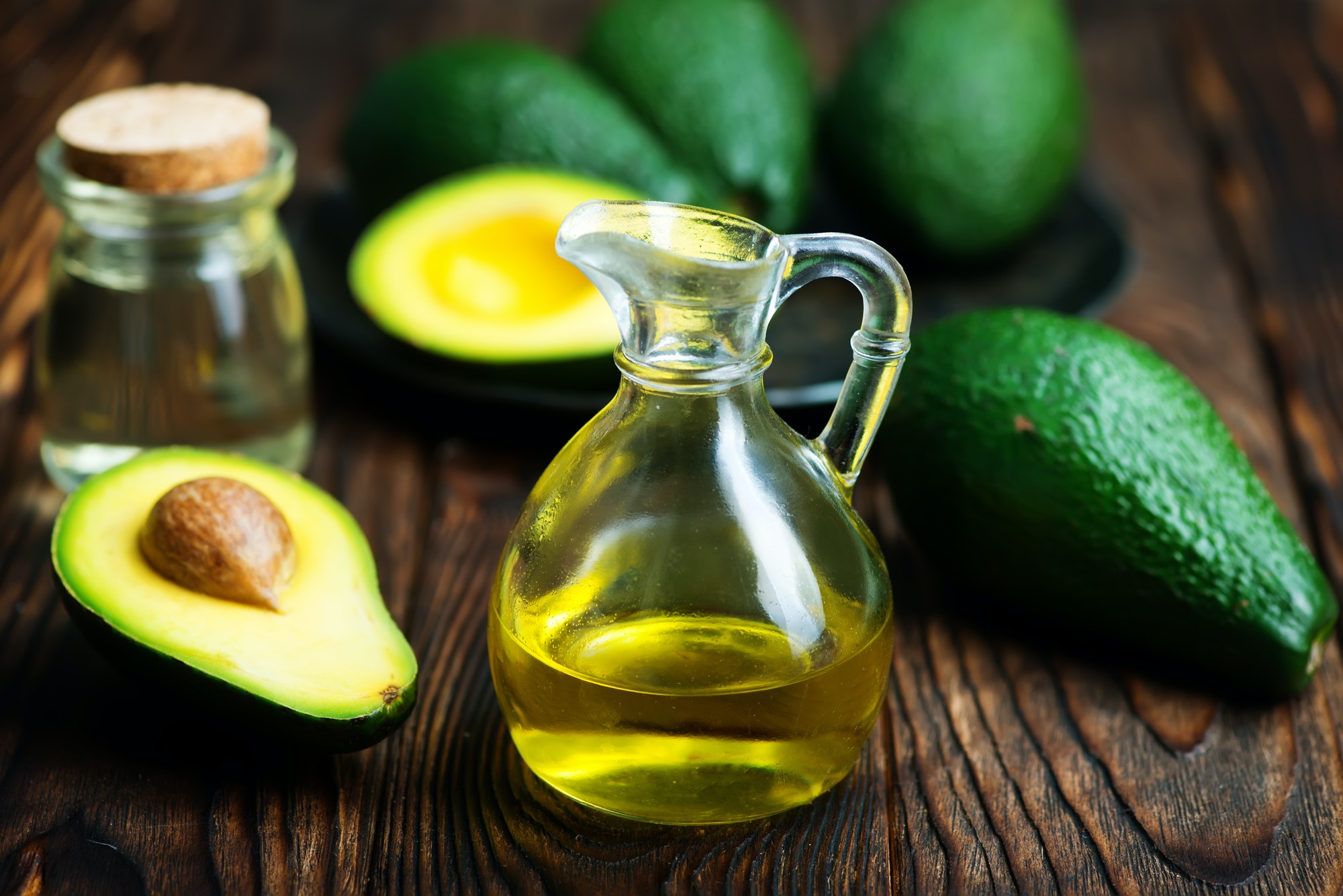
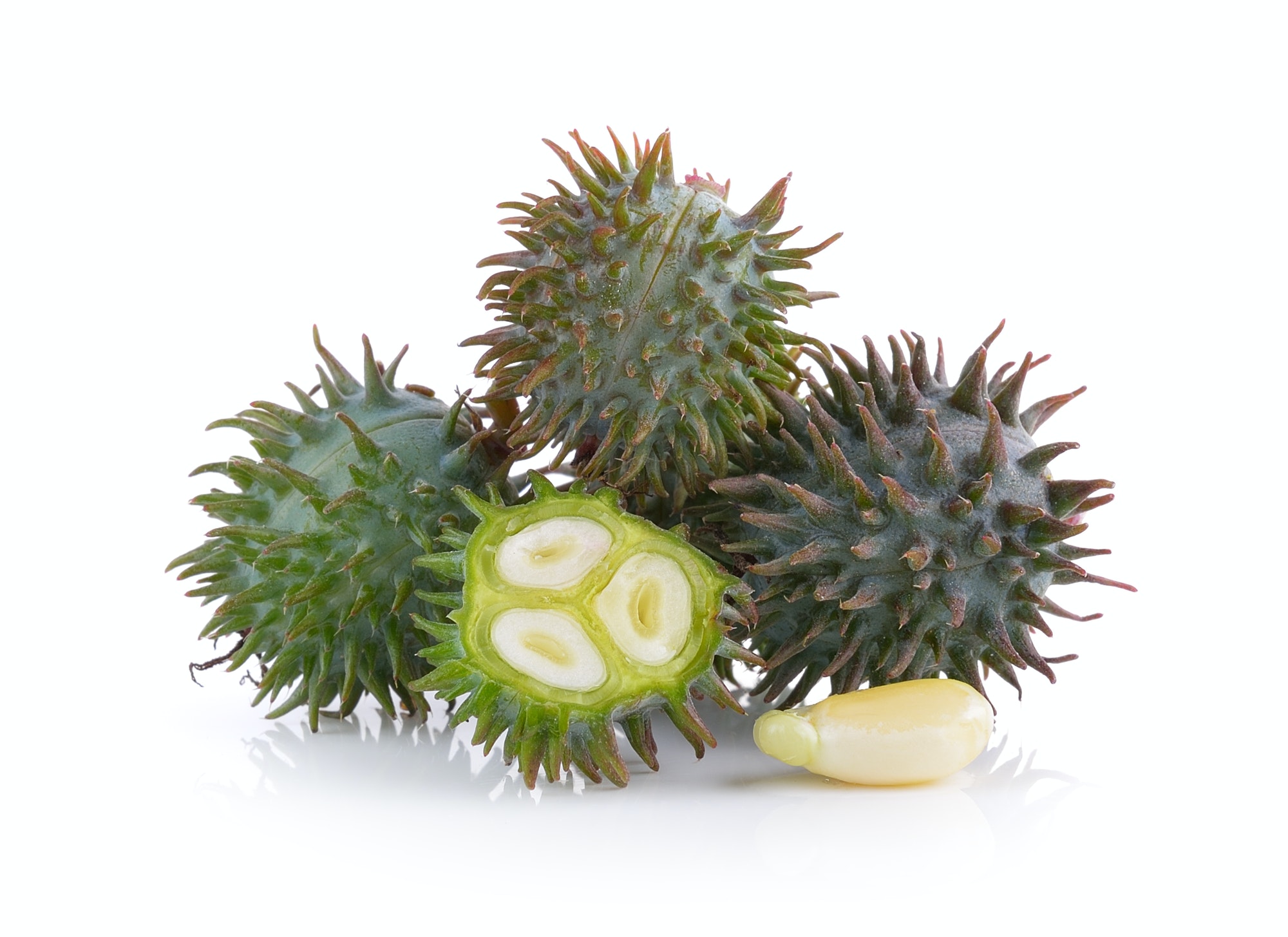
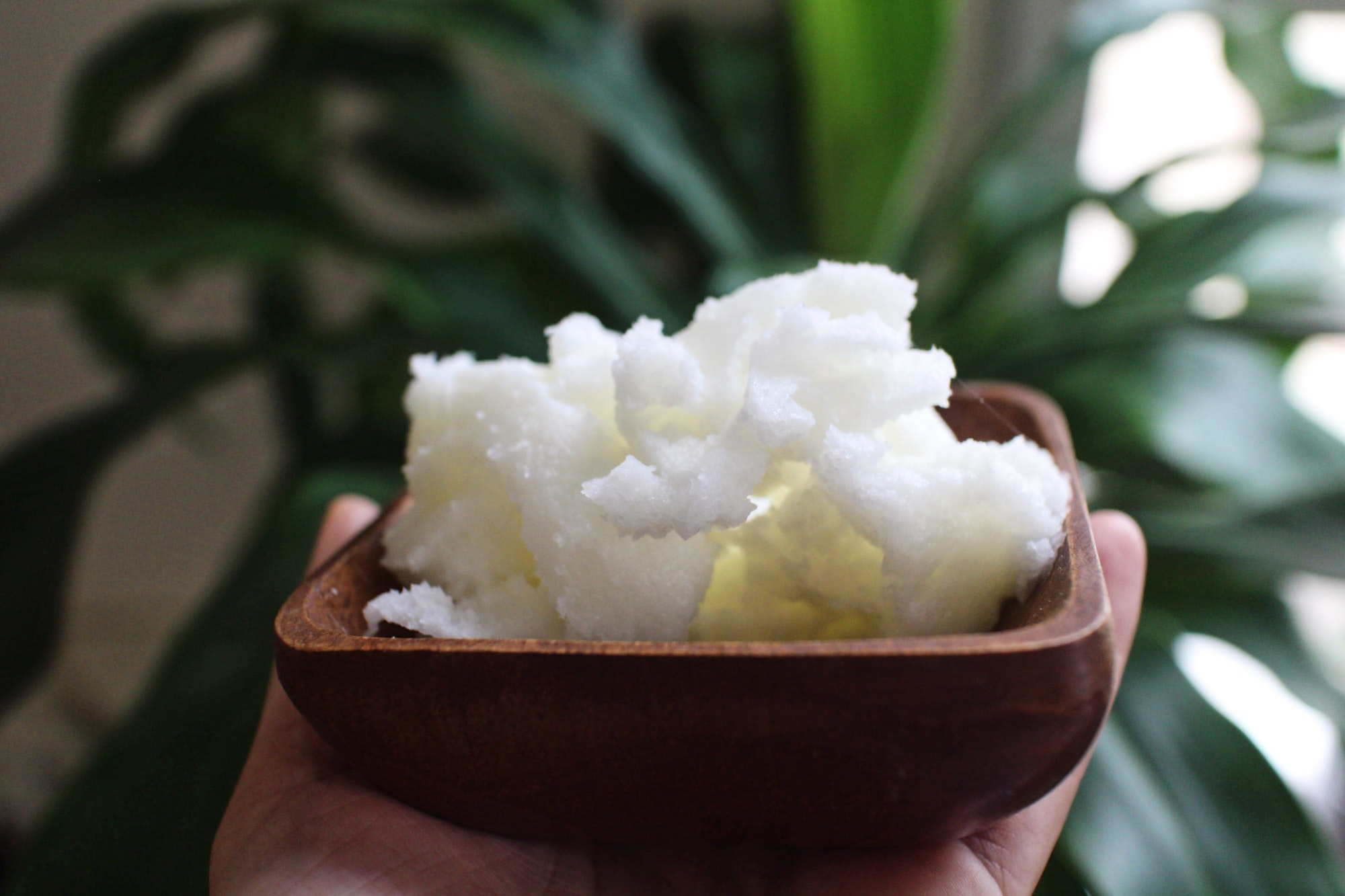
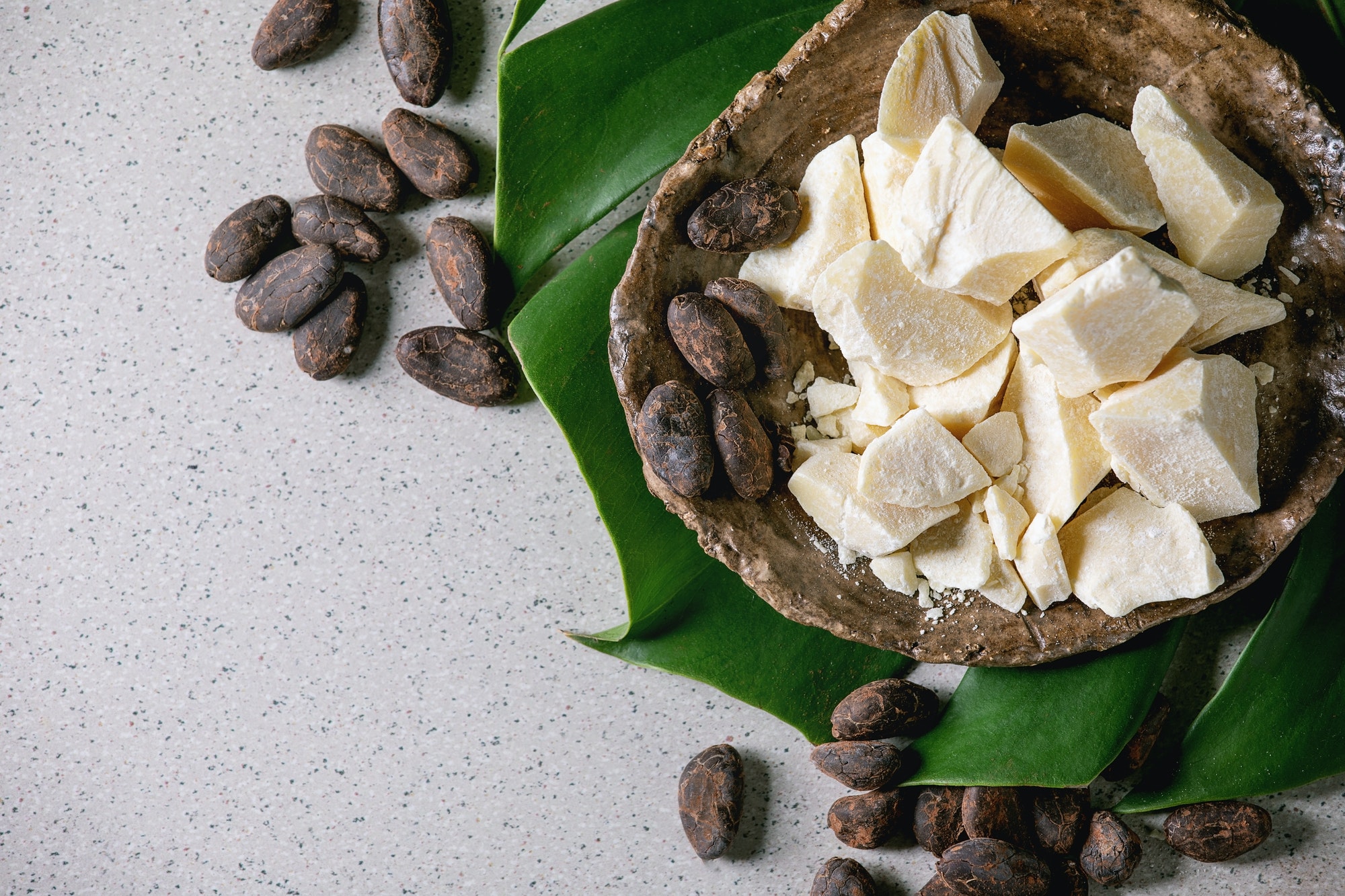
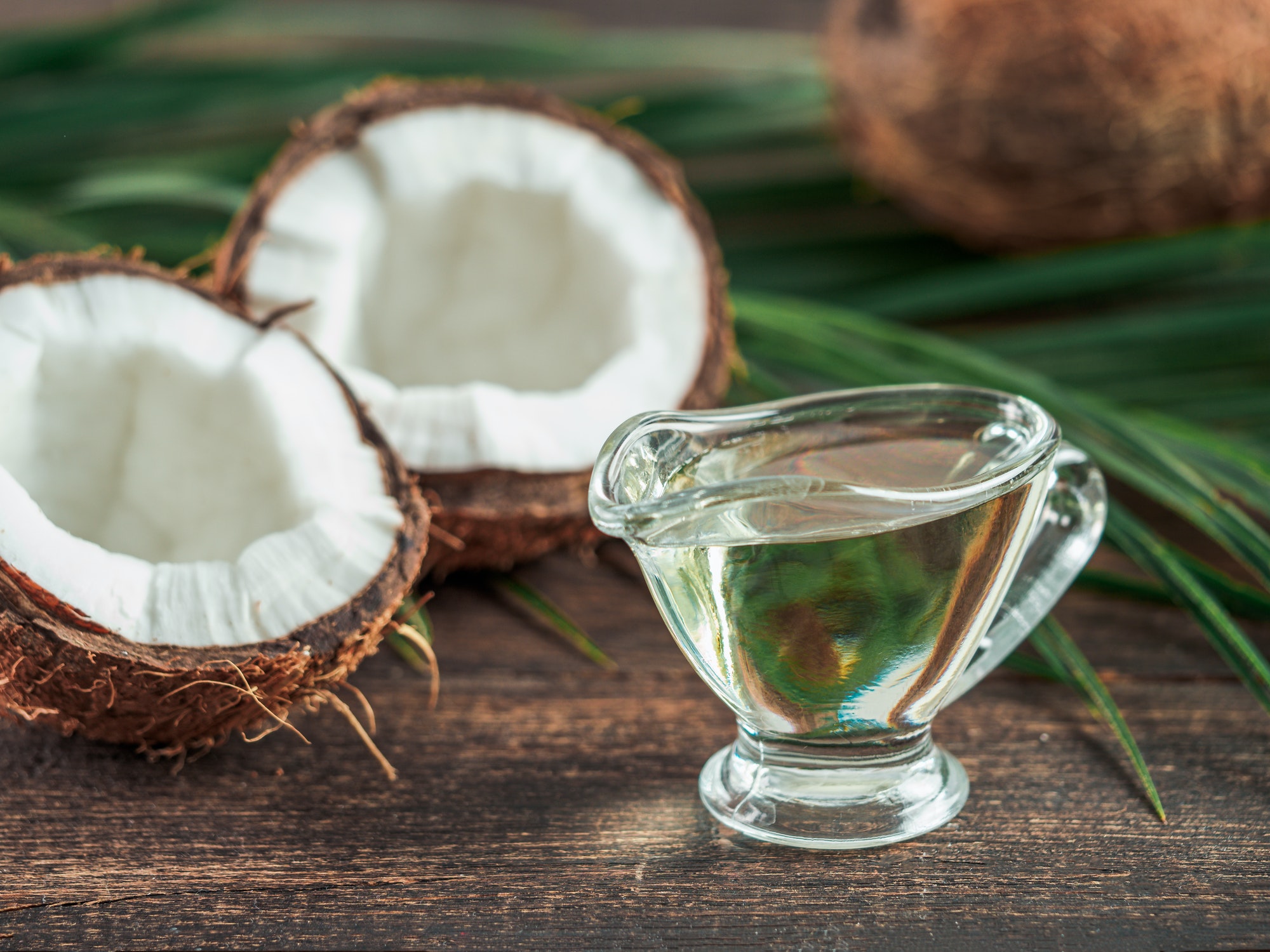

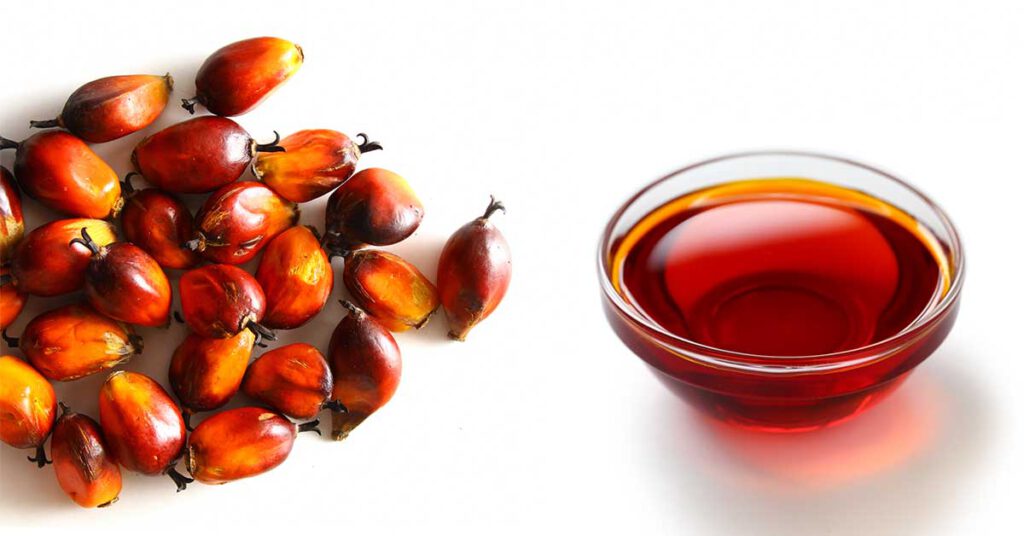
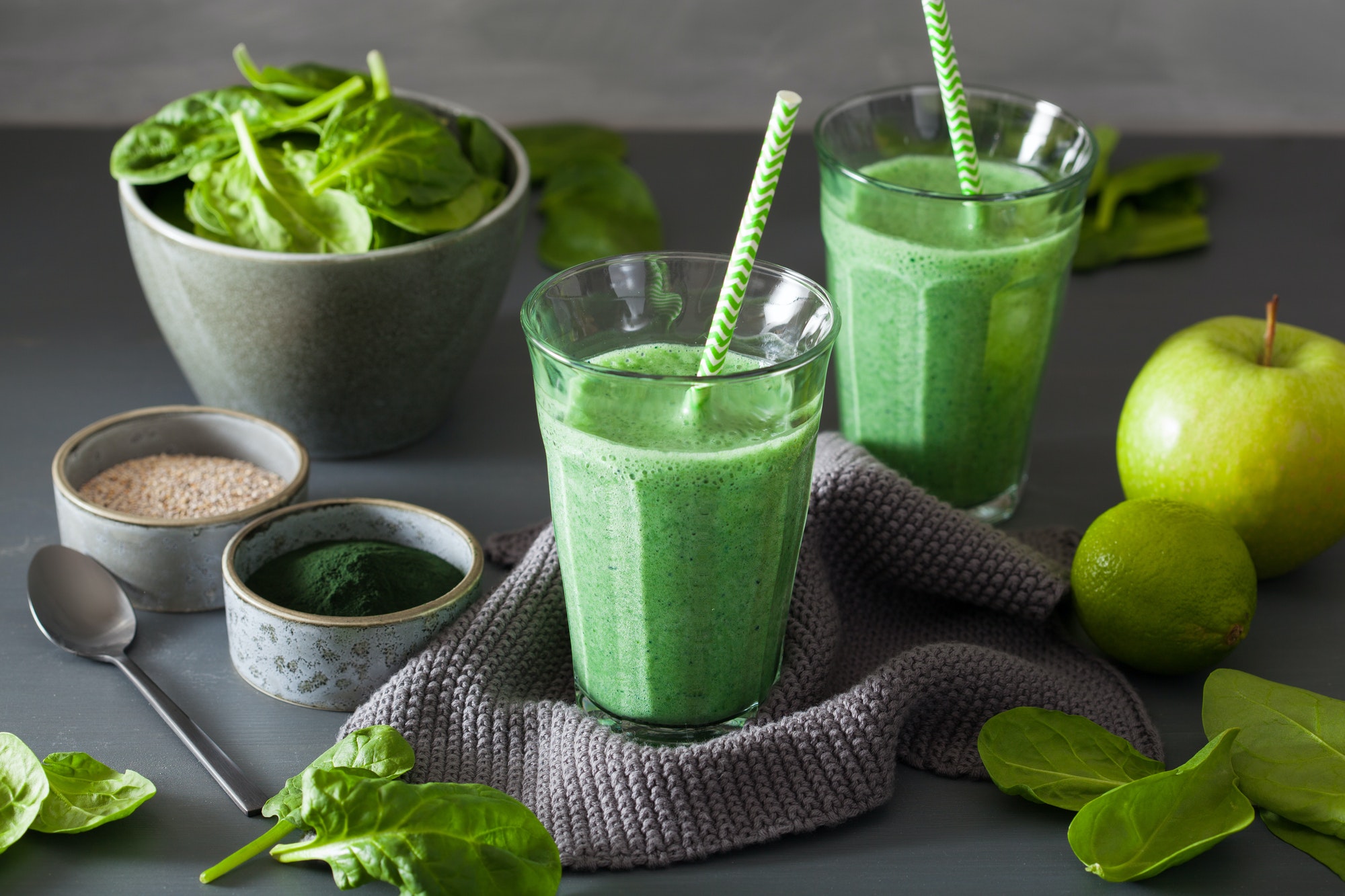
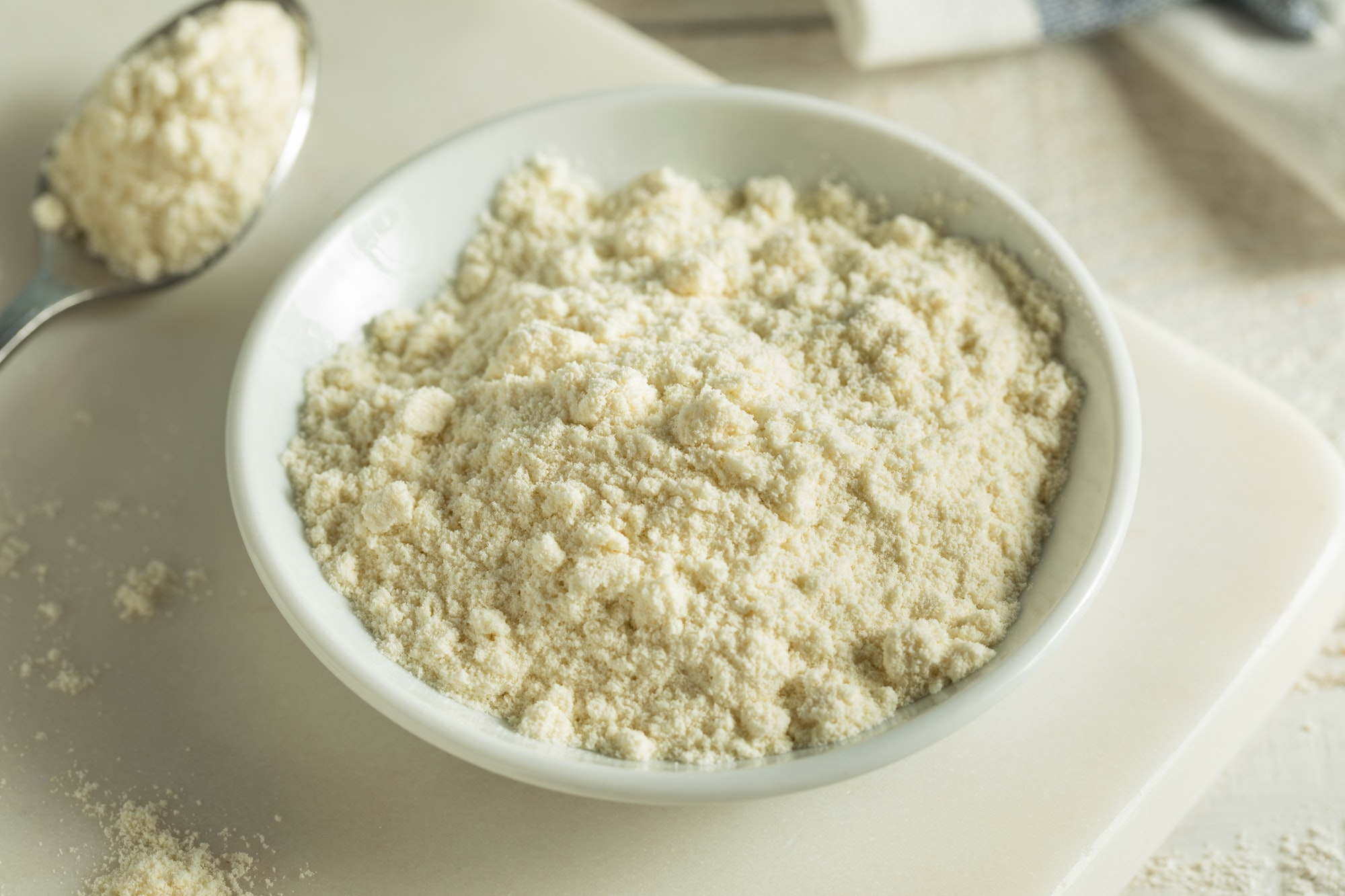

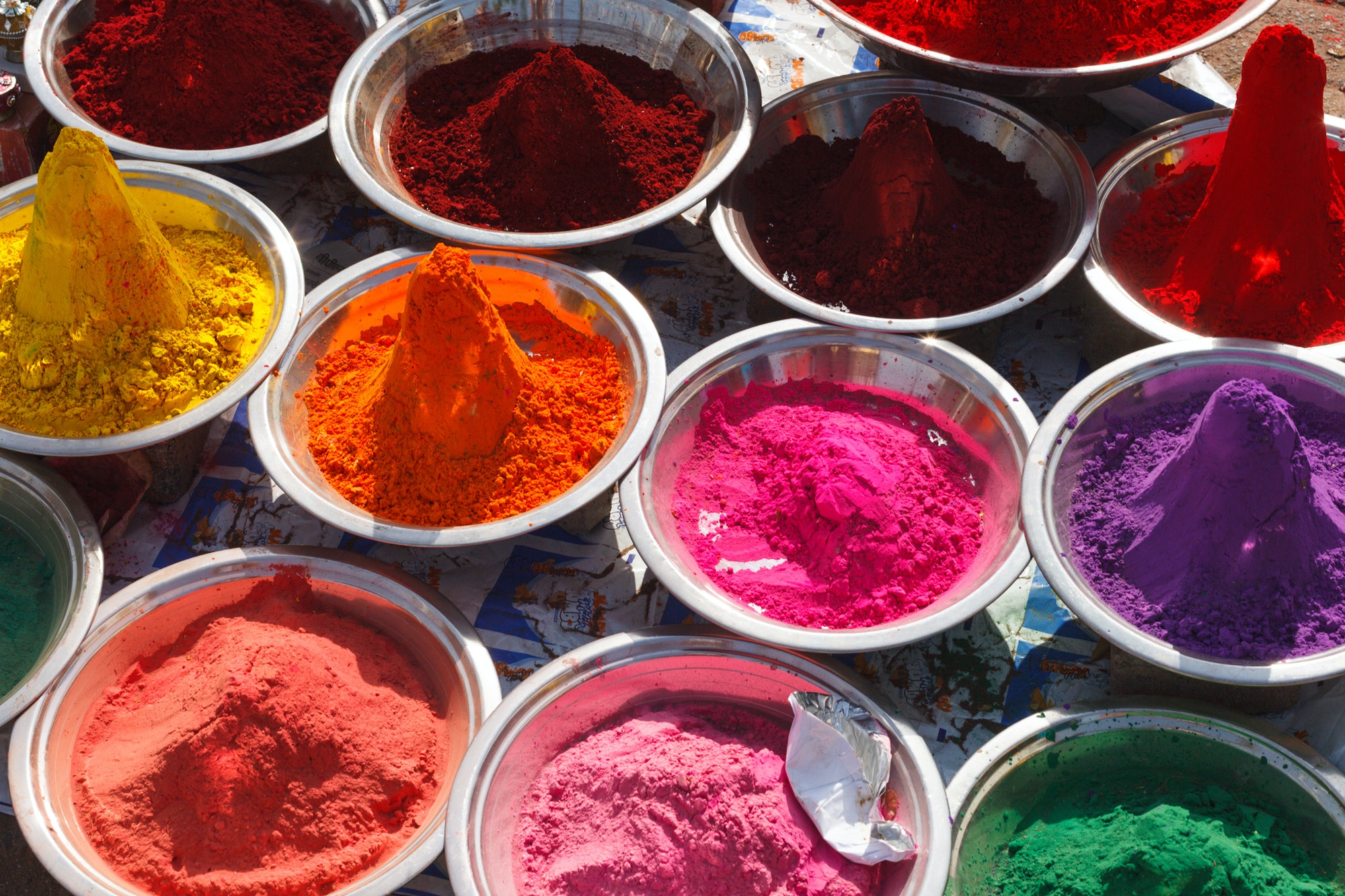
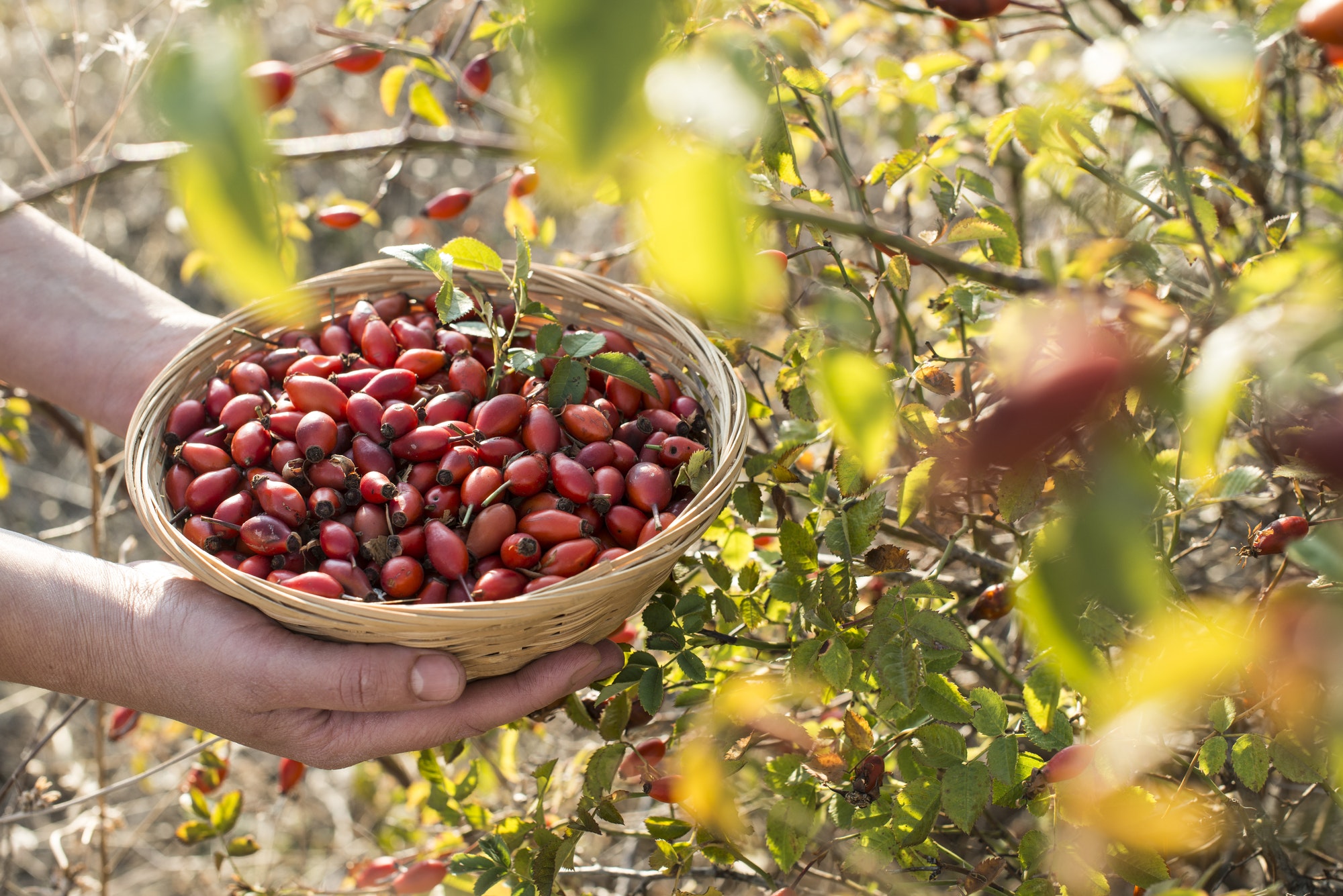
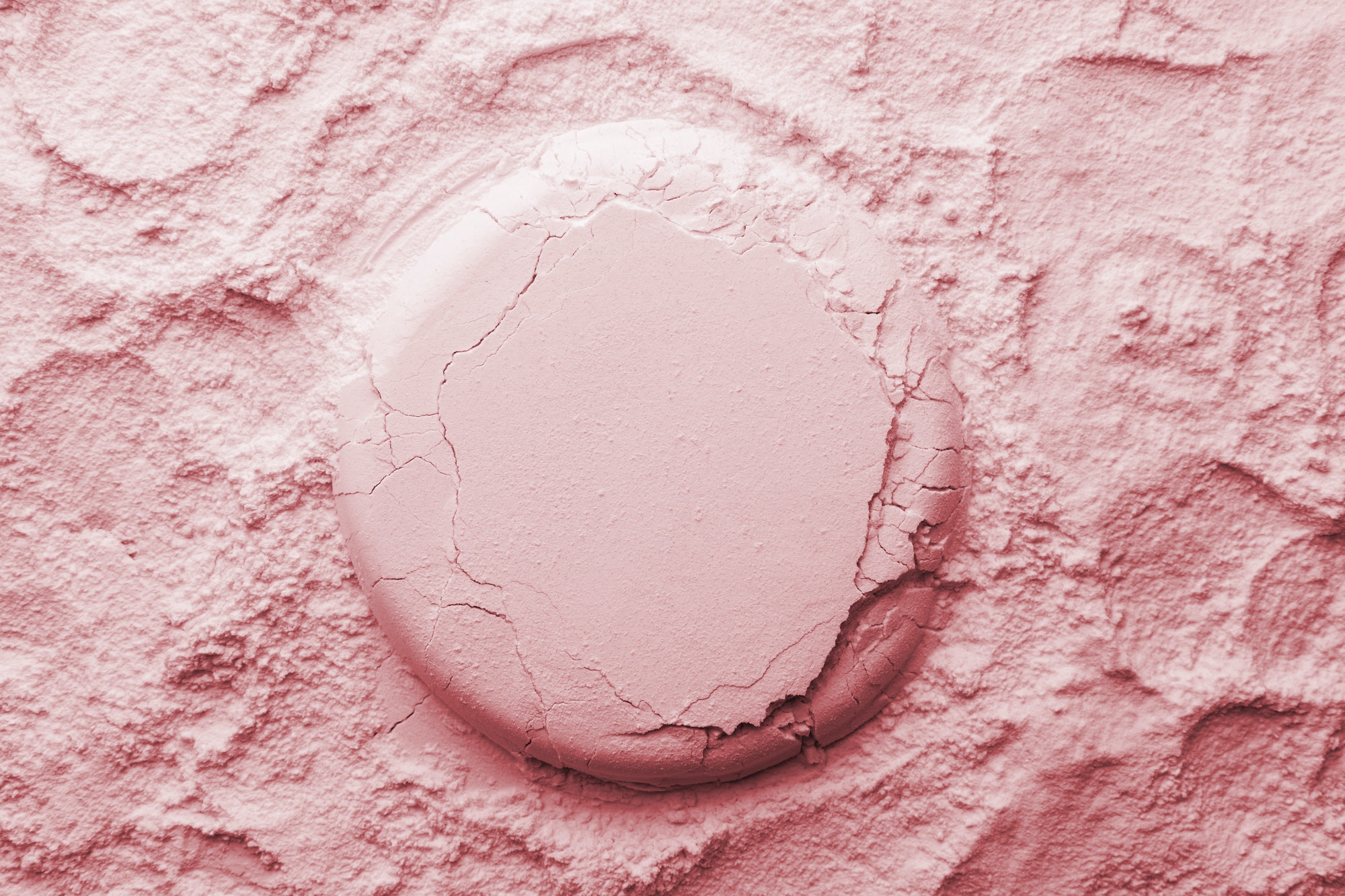
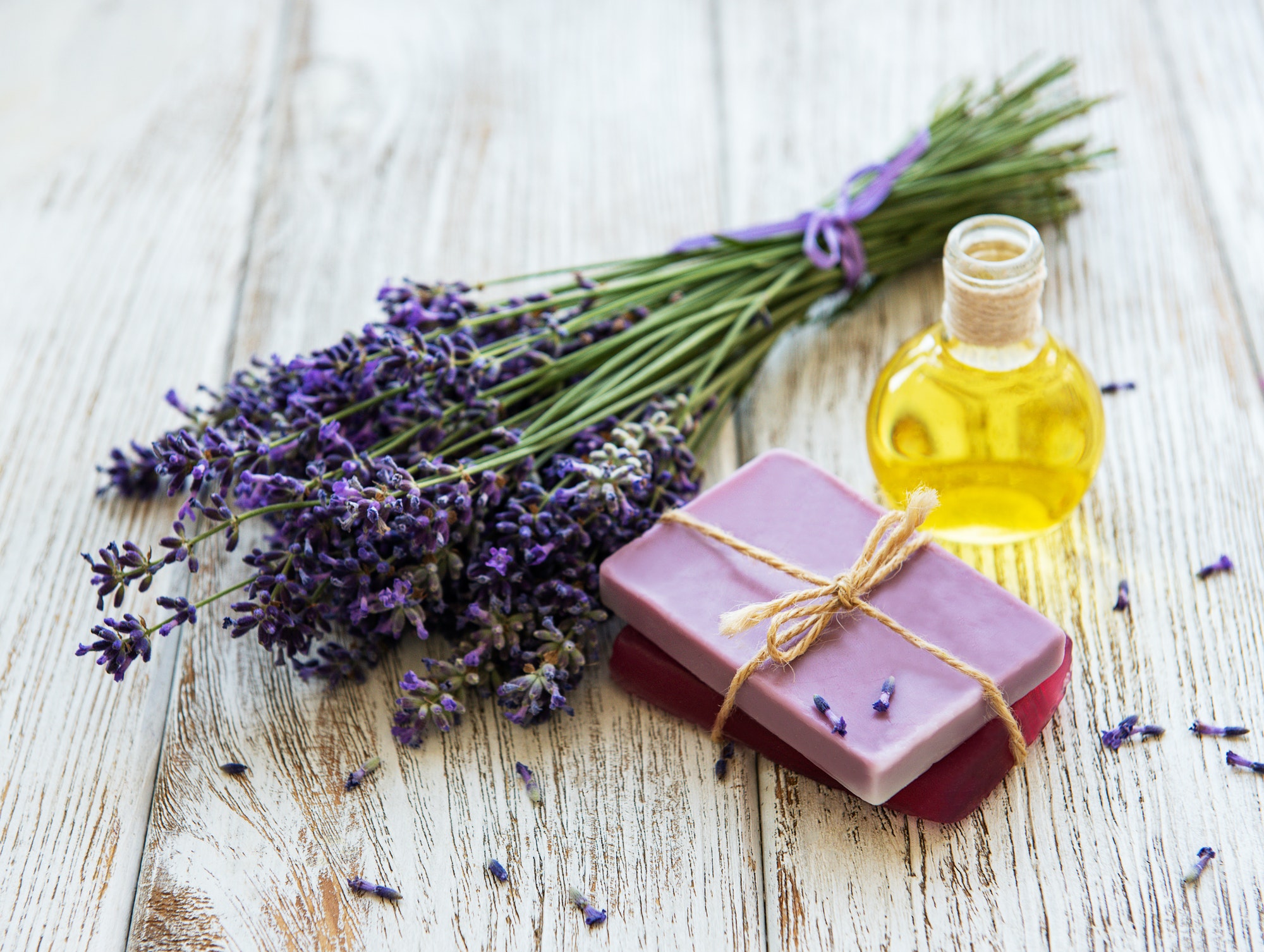
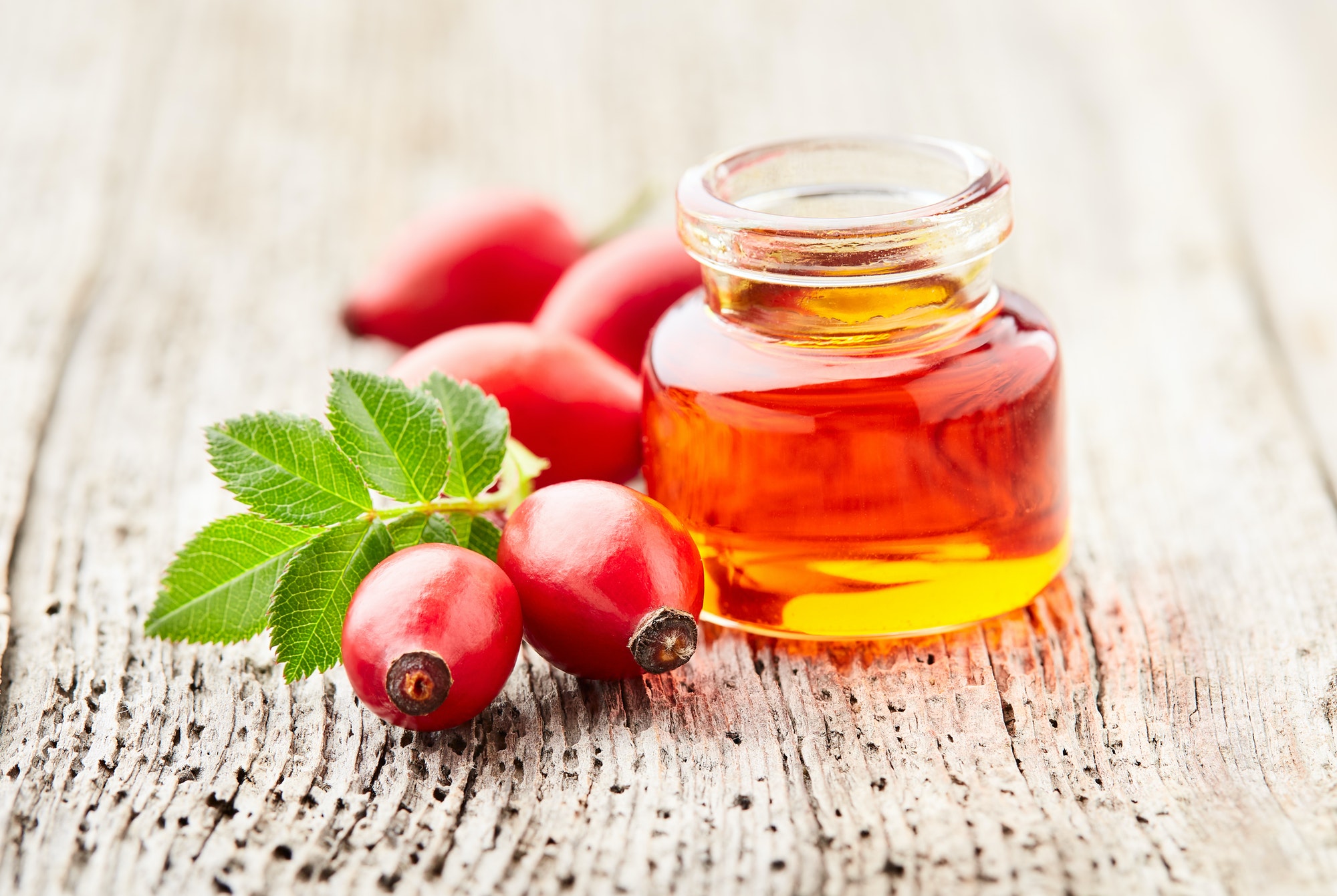
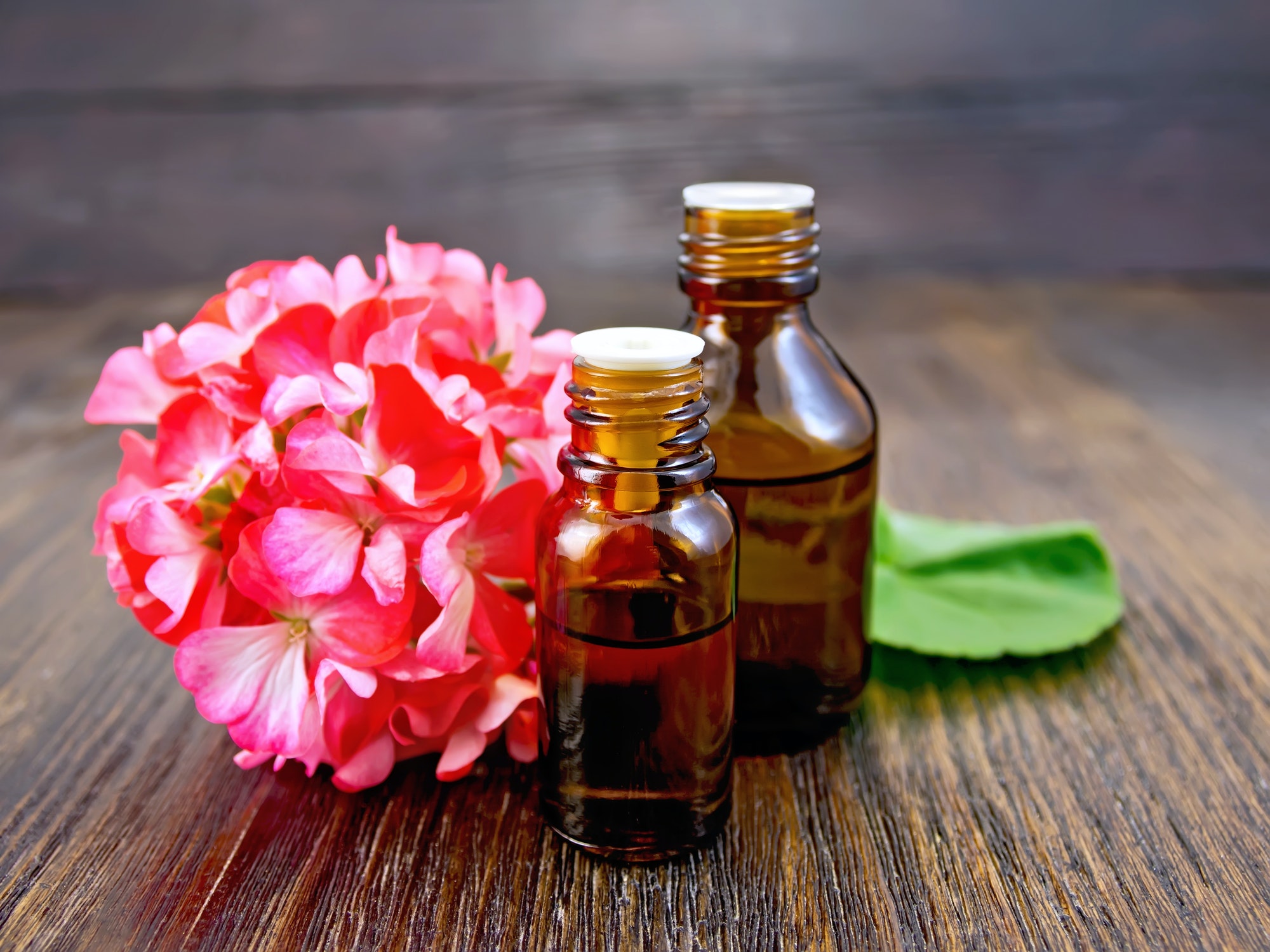

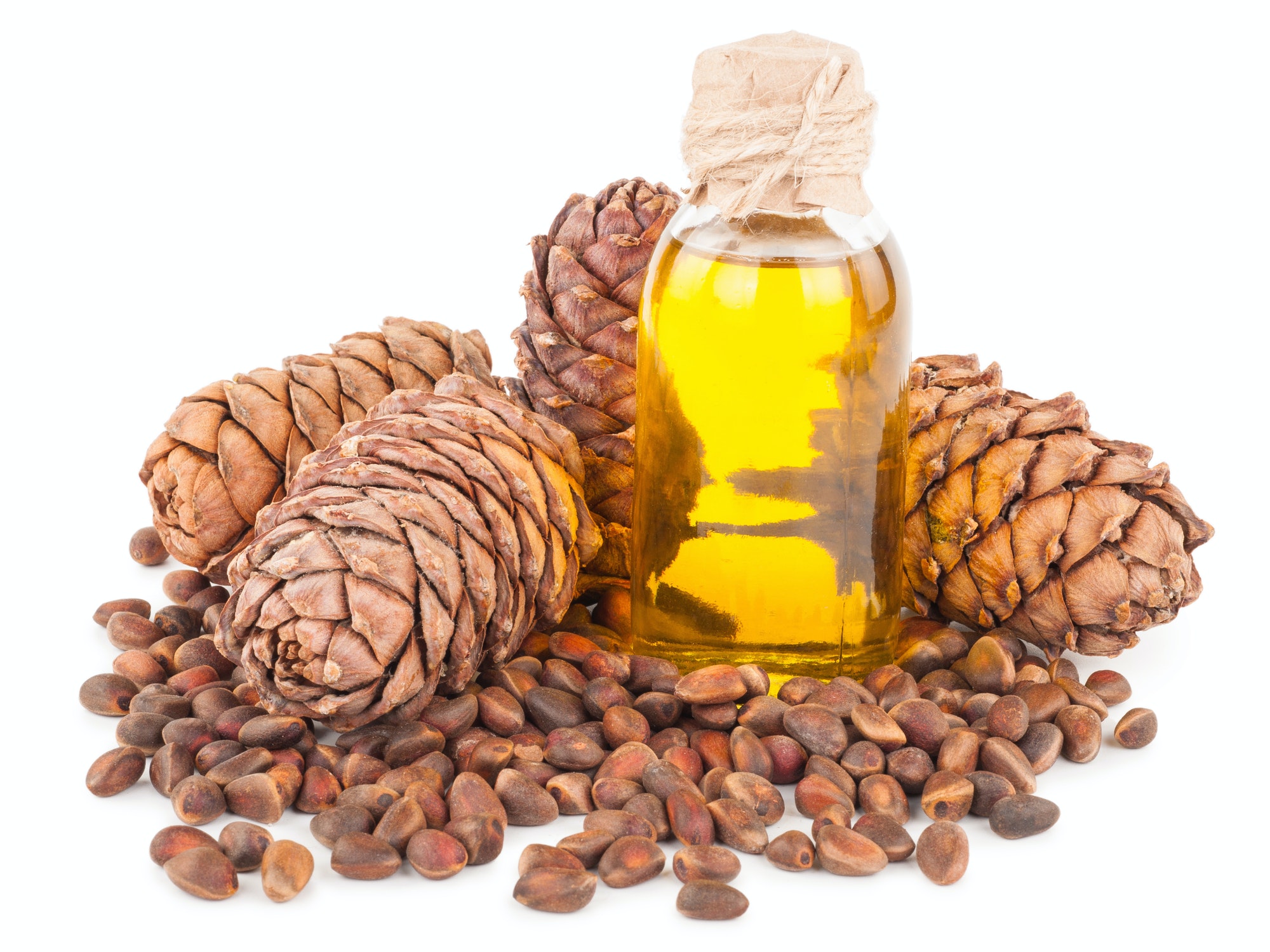
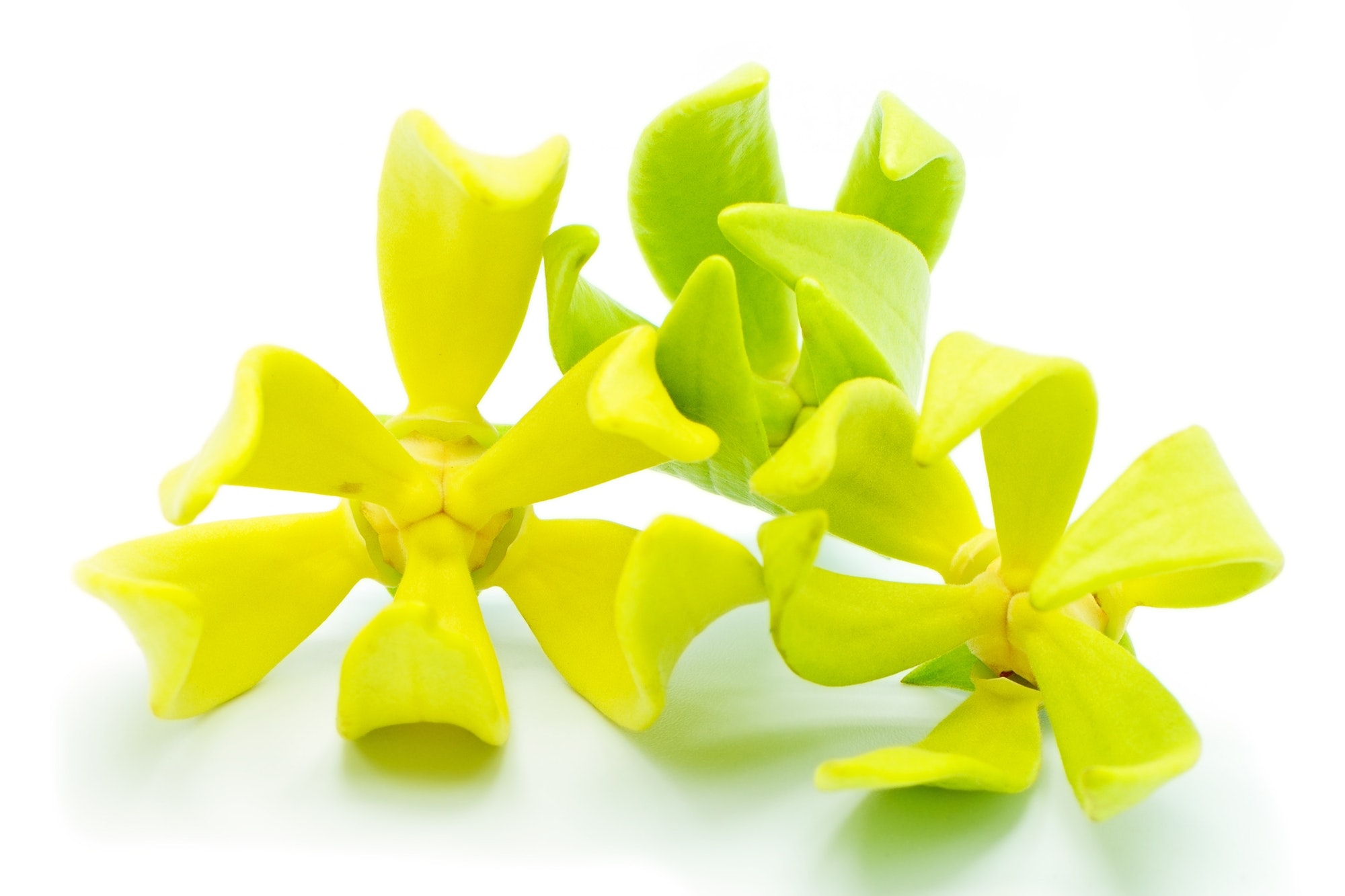
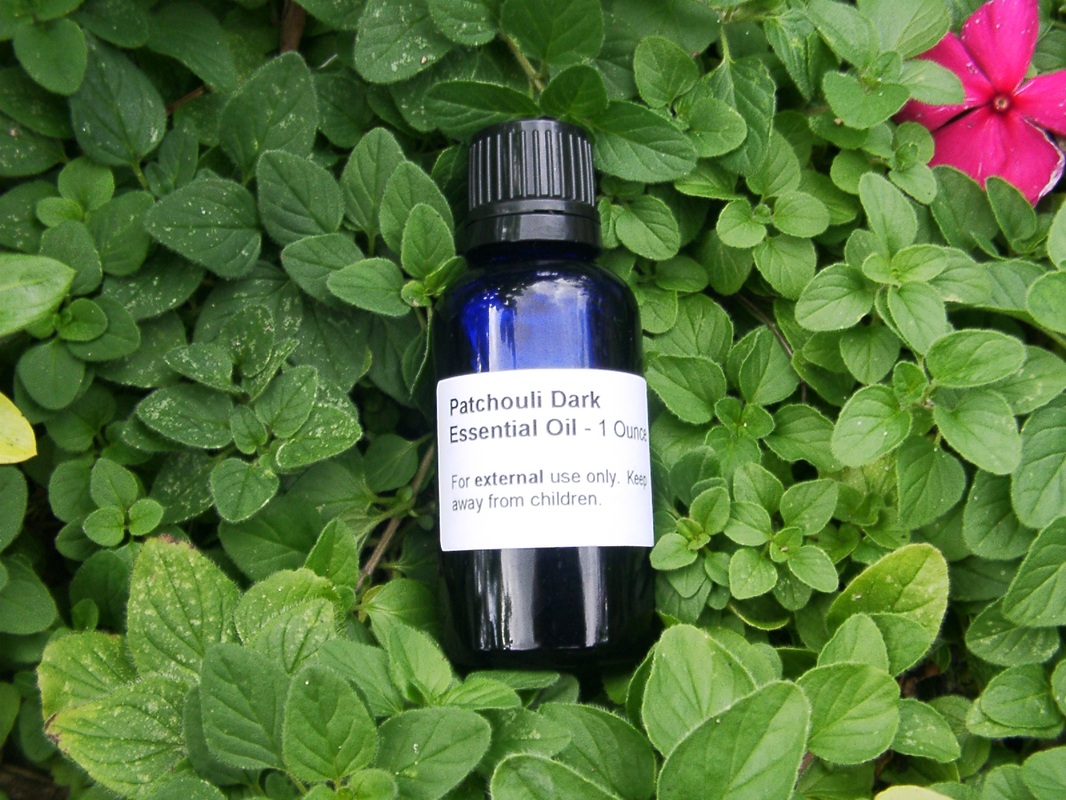
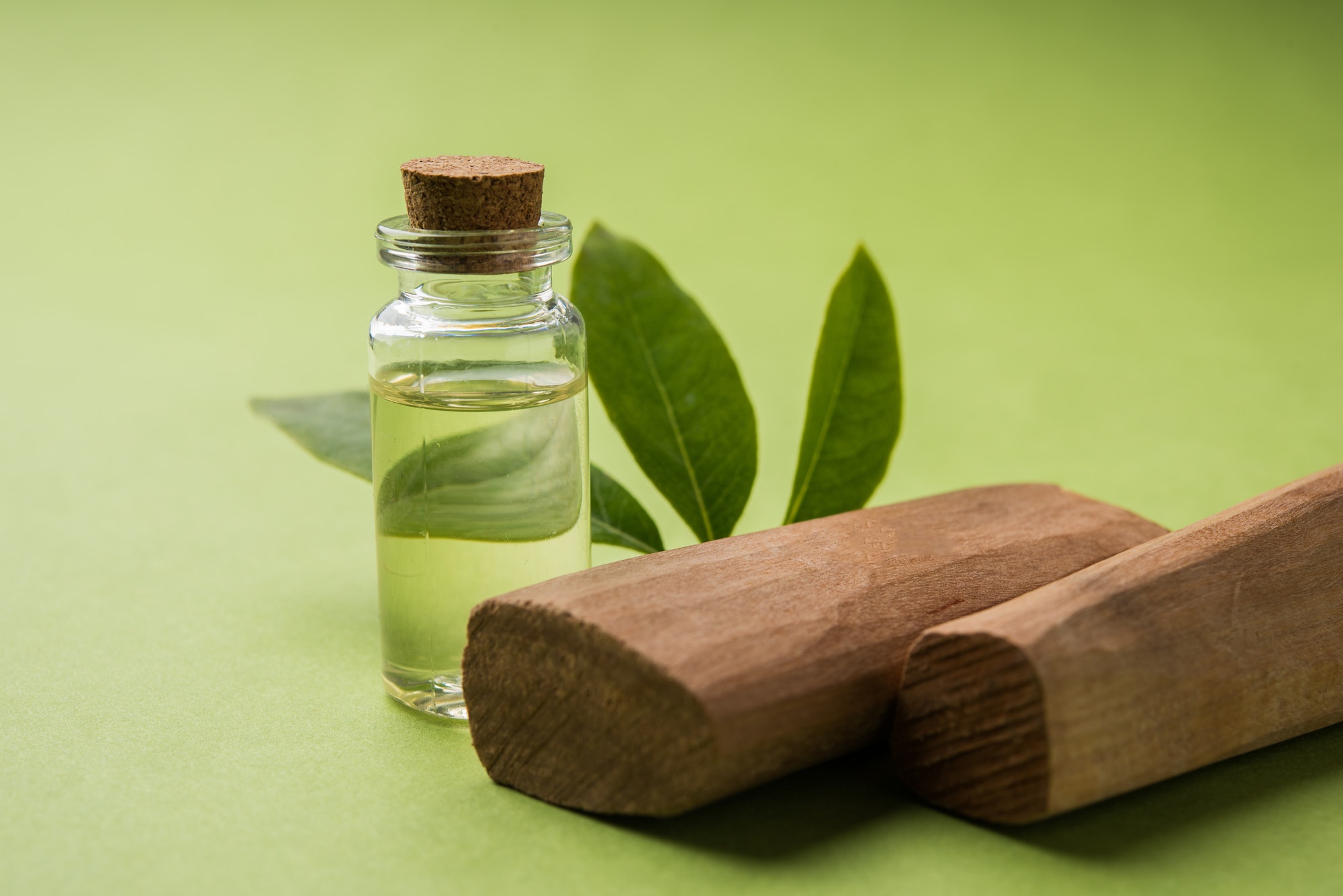
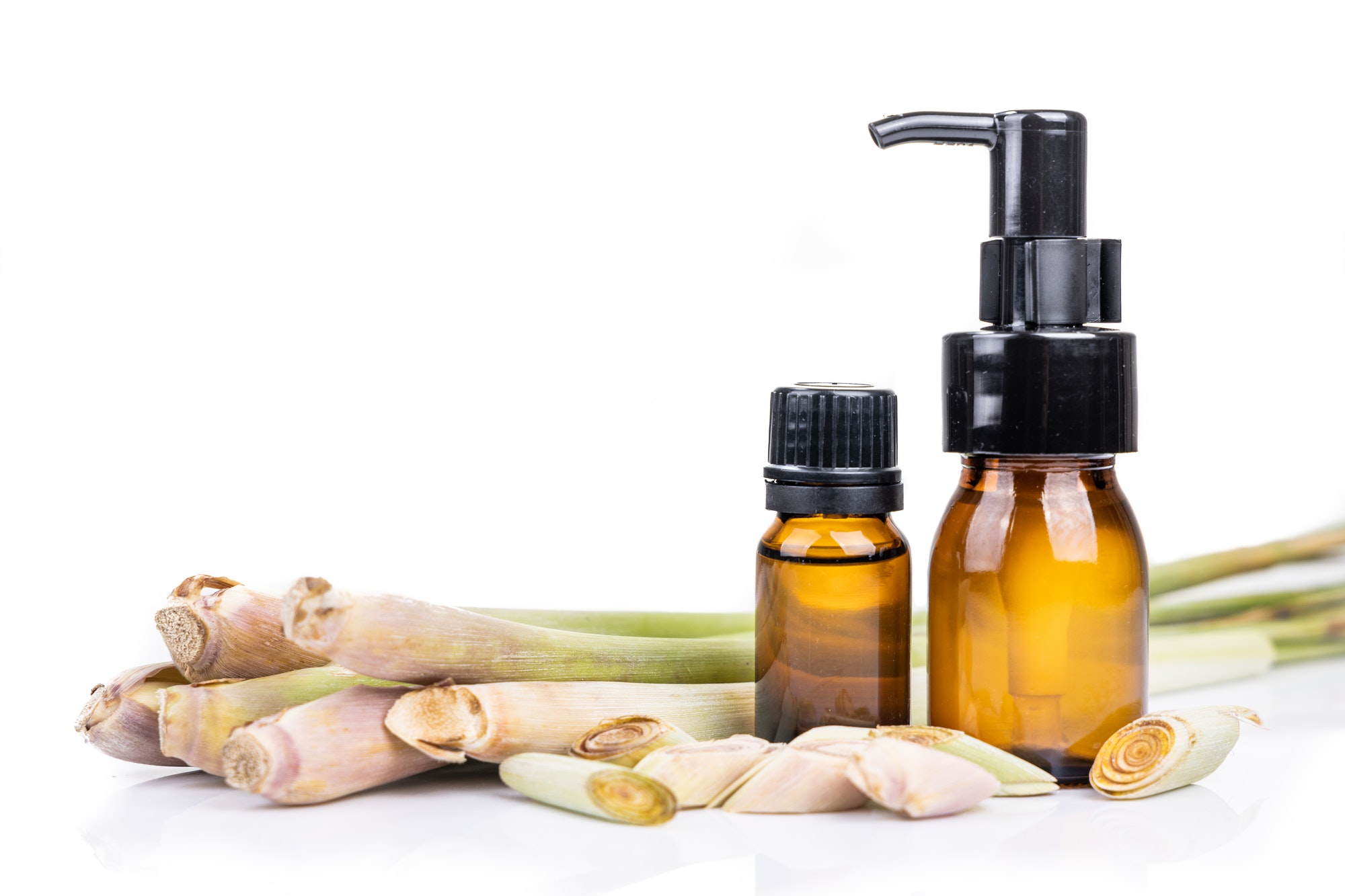
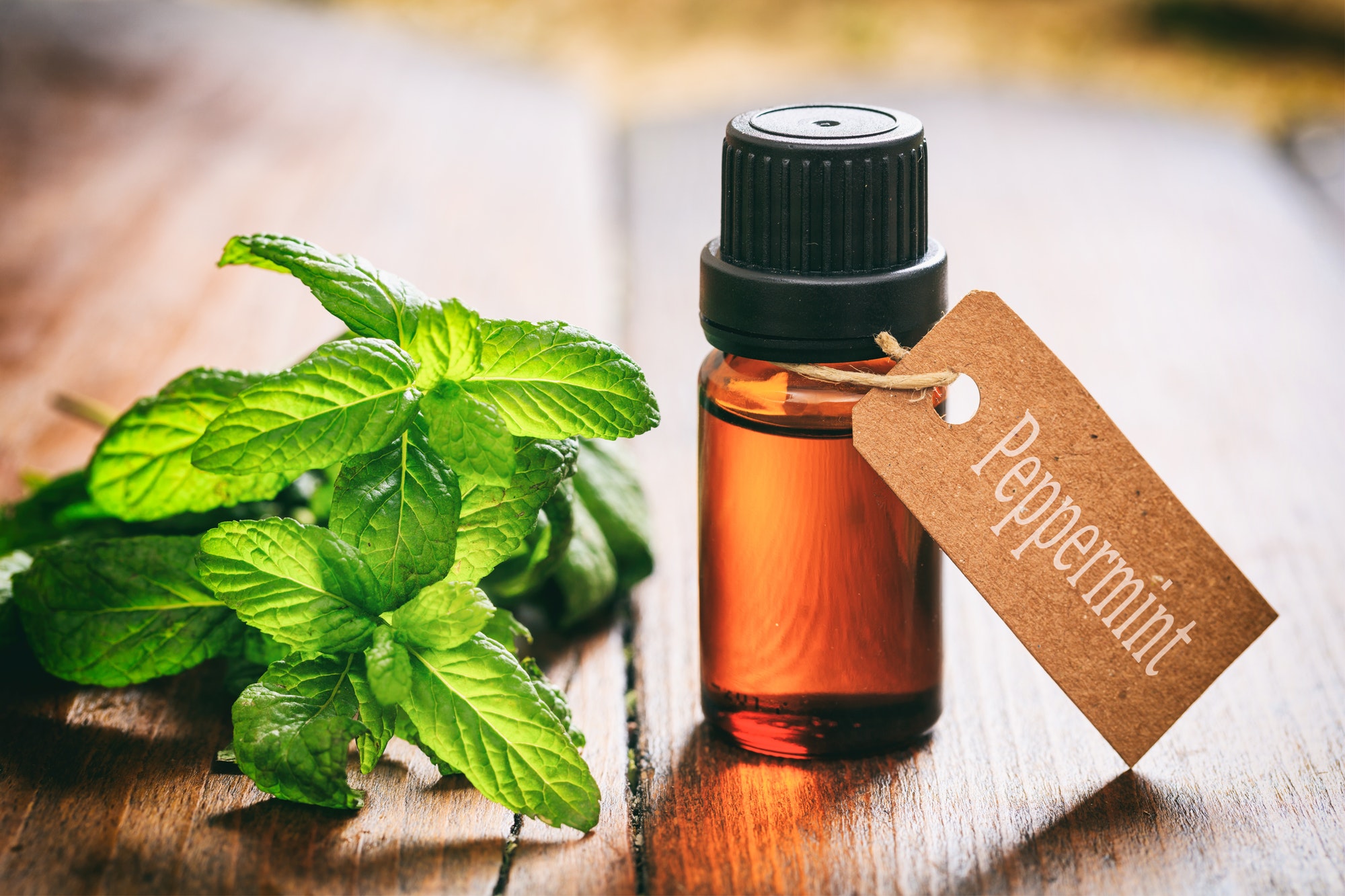
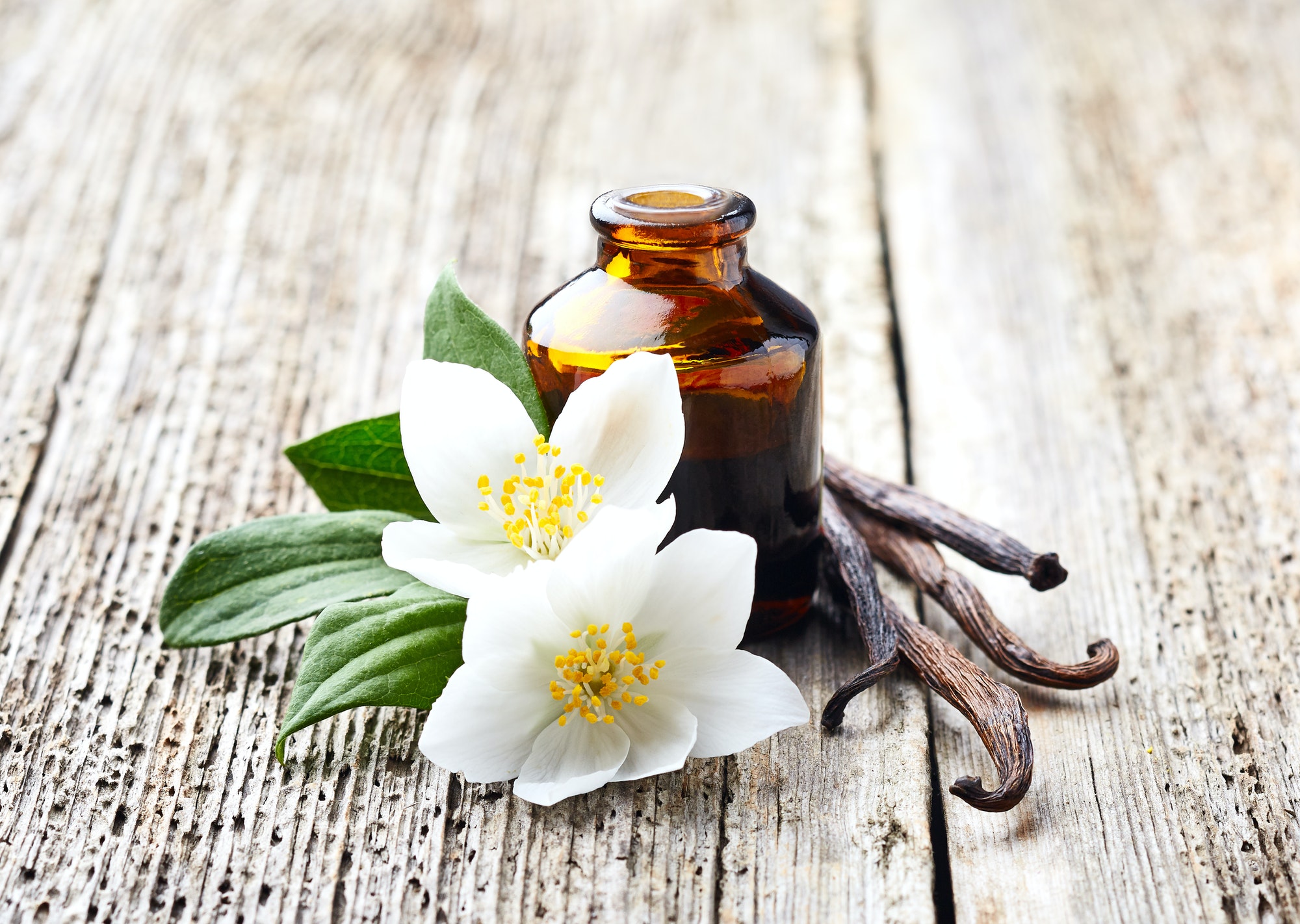
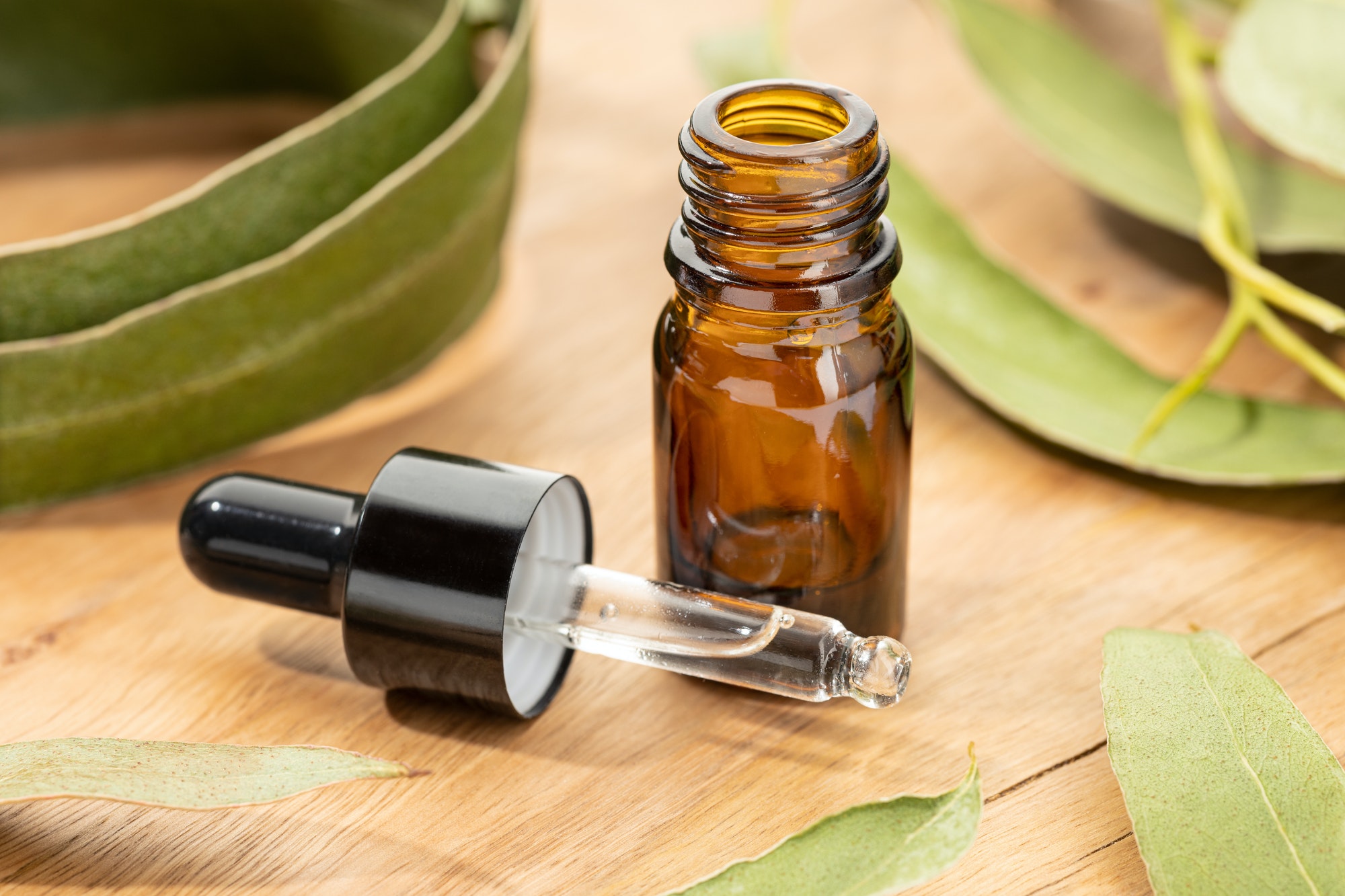
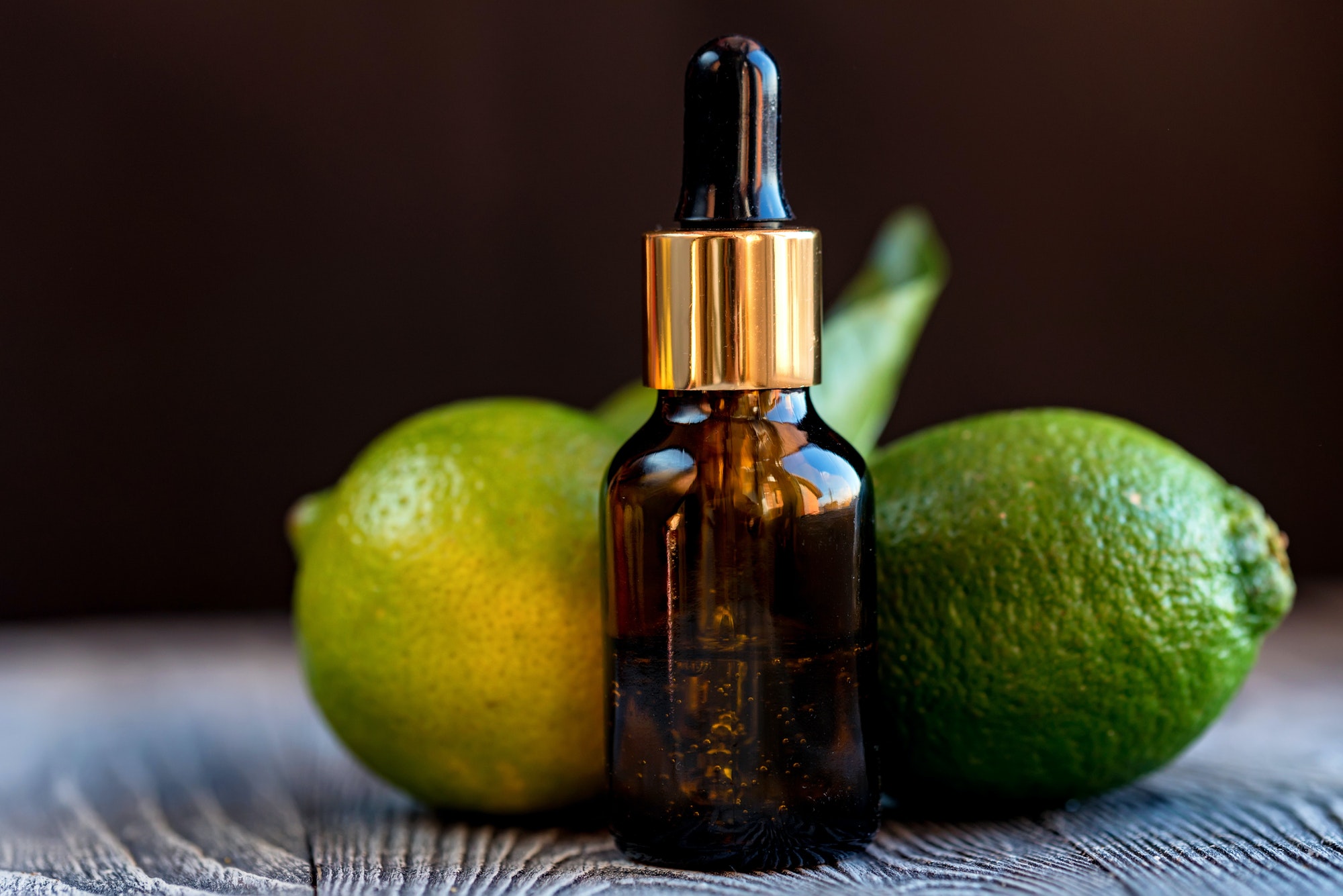
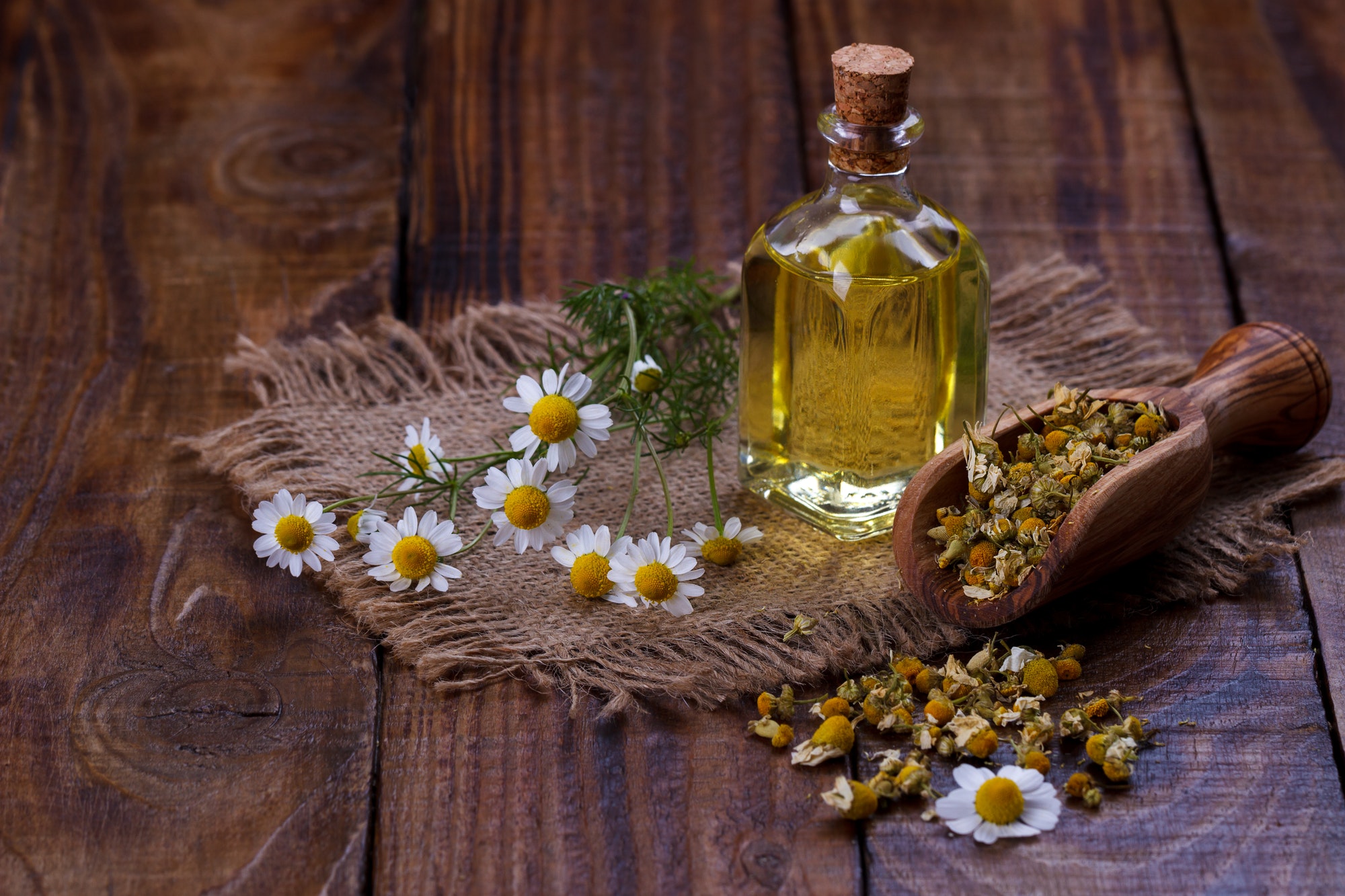
Saponification is the name for the process of making soap. There are a couple of major soap-making methods, but all come down to creating a mixture of sodium hydroxide (lye) and distilled water, called lye solution and the oils. As the process progresses, the sodium hydroxide is consumed, leaving soap behind.
All soap is made using this process, though of course much more can be added and removed along the way.
The ancients who discovered how to make soap could not carefully measure the ingredients and so could not accurately guarantee that all potassium hydroxide was converted into soap. Now, however, it is a simple matter to ensure that there is just enough oil so that all the potassium hydroxide is converted to soap in the process.
Sodium Hydroxide isn’t organic, but it is one of the allowable non-organic ingredients included in USDA organic standards since their inception. On the groovy point, we disagree. The truth about potassium hydroxide in soap-making is simple: there is no true soap, as defined by the FDA, without potassium hydroxide (lye). Now that we have explained that part of the puzzle we want you to know exactly what we use to create the wonderful soaps that you can find in our shop when you buy from us you are getting the best and most organic ingredients available on the market